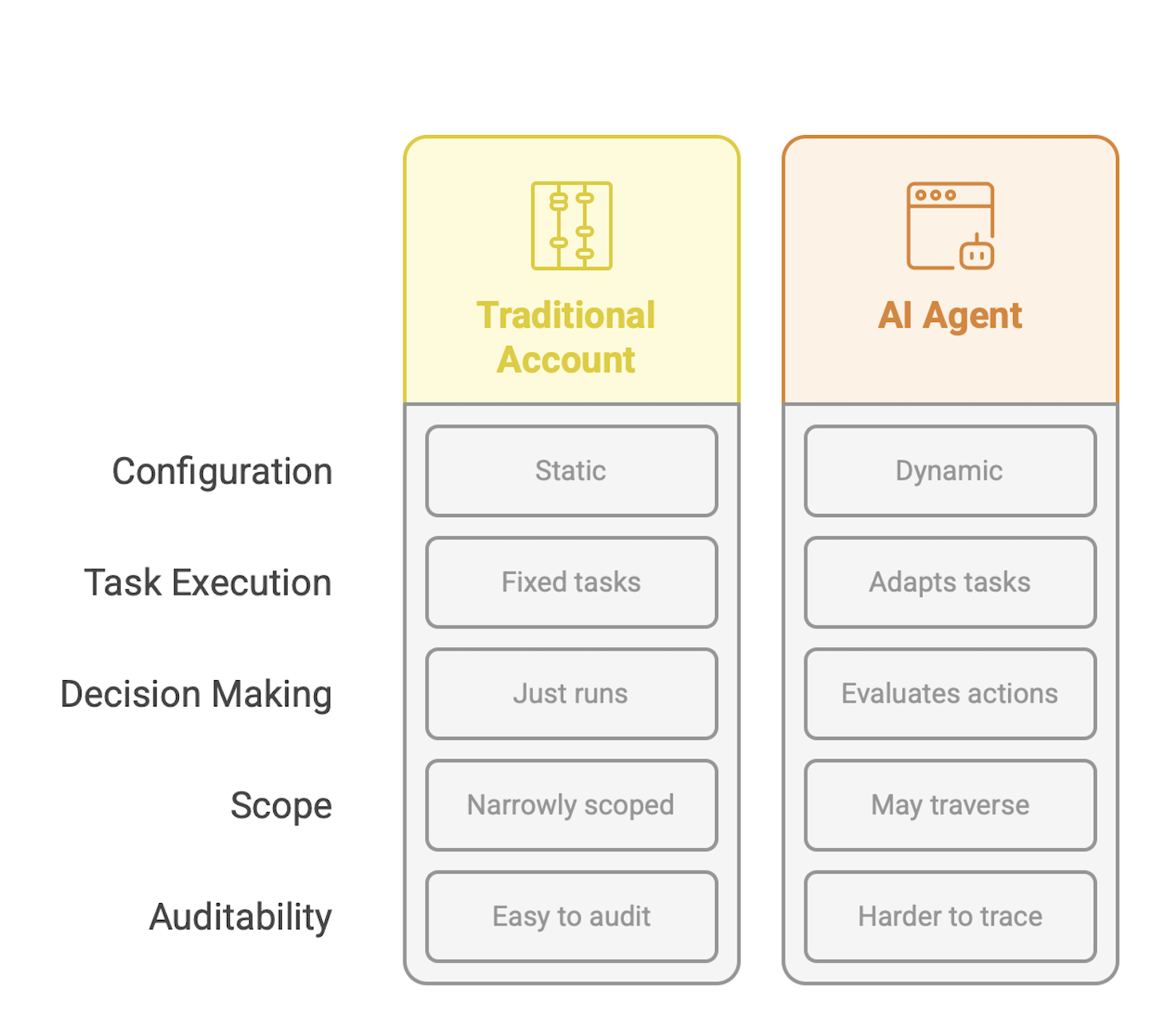The Social Media Minimum Age ban in Australia kicks in this month and the noise is deafening. While the headlines are about "banning TikTok for teens”, the real story is the infrastructure underneath it all. We are essentially watching the first mass-scale stress test of Age Assurance tech in Australia. While the government has recommended a principles-based approach and most orgs seem to have settled on a ‘Successive Validation’ approach (inference > estimation > verification), it’ll be interesting to see how good current tech is at differentiating between 15 year-olds and 17 year-olds. Never mind what your stance is, this is forcing an interesting conversation: the internet was built without an identity layer and we are now awkwardly trying to retrofit one.
PS: I was on a panel at CyberArk IMPACT recently alongside some smart people speaking on the topic, “Building Cyber Resilient Organisations – Technical Leadership in the AI Era” and the video is live on their website.
Reads:
Permutation City by Greg Egan - Heady, mind-expanding and well ahead of its time. (““Simulated consciousness" was as oxymoronic as "simulated addition.”)
The Art of Spending Money by Morgan Housel - Clean, wholesome conventional wisdom for fans of The Psychology of Money.
How Kerala Got Rich, Aeon - Interesting read on Kerala’s ‘success’ being attributed to a multitude of factors from government policies, global trade connections, migration, remittances etc.
Listens:
Lux by Rosalia - Perfect. No notes.
So Tonight That I Might See by Mazzy Star - I’ve been revisiting shoegaze greats and this one’s up there with Nowhere by Ride.
Watches:
Wake Up Dead Man (2025), Rian Johnson - Fun, moving and made specifically for me.
One Battle After Another (2025), Paul Thomas Anderson - Let down only by noisy patrons at my local.
Plays:
Dispatch - Mild fun
Marvel’s Cosmic Invasion - I hate my thumbs, so this is perfect.
—
“How we see the world matters - but knowing how the world sees us also matters.” - Ray Nayler, The Mountain in the Sea
“Keep your eye on the doughnut, not on the hole.”
― David Lynch, Catching the Big Fish: Meditation, Consciousness, and Creativity

